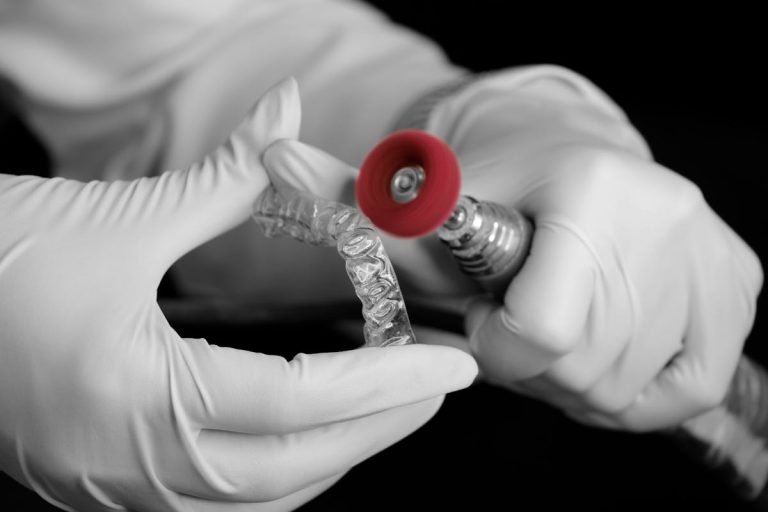Chronic Obstructive Pulmonary Diseases (COPD) are restrictive lung diseases that affect 16 million Americans. It’s one of the leading causes of death in the US. Chronic bronchitis and emphysema are the most widespread conditions, both of which affect many COPD patients.
Facts about COPD
Emphysema slowly deteriorates air sacs or alveoli inside the lungs, blocking outward air flow. Bronchitis is the inflammation of the mucous membrane in the bronchial tubes. These conditions stifle a person’s ability to breathe, can lead to life-long disability, and dramatically affect the quality of his or her life.
Currently, COPD is not curable, but it can be prevented and treated. Medication, oxygen therapy, and surgery are some of the treatments available that can help relieve symptoms, reduce complications, and improve the overall quality of the patient’s life.
Some of the symptoms include:
- Breathlessness, even after mild activities, like climbing the stairs or walking
- Lack of energy
- Tightness of the chest
- Chronic cough
- Frequent colds, flu, and other respiratory infections
- Wheezing
The U.S. National Heart, Lung, and Blood Institute released the COPD National Action Plan, the country’s first roadmap for a nationwide fight against the disease. Its goals include the empowerment of COPD patients, families, and caregivers to reduce the burden of the disease and the improvement of the diagnosis, prevention, and treatment, of COPD.
Home Care for a COPD Patient
Because their conditions affect so many aspects of their lives, COPD patients need a lot of attention at home. The first step in taking good care of your relative diagnosed with COPD is to learn more about the disease and how it can affect patients.
Talk to your loved one’s doctor and ask about the symptoms that he or she frequently experiences. You need to be wary of the usual severity of his or her symptoms so you can identify warning signs of an exacerbation, and if you need to rush to the hospital. Some of the severe symptoms you need to observe are bluish or grayish fingernails and lips (an indication of a low oxygen level in the blood), difficulty talking, and an increased heart rate.
Get the appropriate medical devices and equipment to make sure your relative with COPD can live comfortably and normally at home. If the patient’s condition is still in the early stages, nebulizers and inhalers usually suffice. But for those who have severe cases of COPD, they may need oxygen supplements. If you’re worried about the cost of the apparatus, businesses like Orem’s Medical Equipment Outlet offer affordable portable oxygen concentrators and other medical equipment.

Another one of your responsibility as a caretaker is to assist in pulmonary rehabilitation and medications. Depending on your loved one’s condition, he or she may need to take several medications throughout the day. Keep track of this by creating a chart that includes the name of the medicine, dosage, and the time of day the patient needs to take it.
Pulmonary rehabilitation usually includes prescribed exercise, diet and nutrition, and disease education. Encourage your loved one to be consistent with their rehab because it can make symptoms more bearable and increase their strength.
Apart from medical attention, your loved one needs emotional care, too. You’re looking after a family member, not a patient. Your role is to ensure COPD doesn’t hinder your loved ones from living life as normal as possible and to make them feel that they are in the loving hands of their family.






